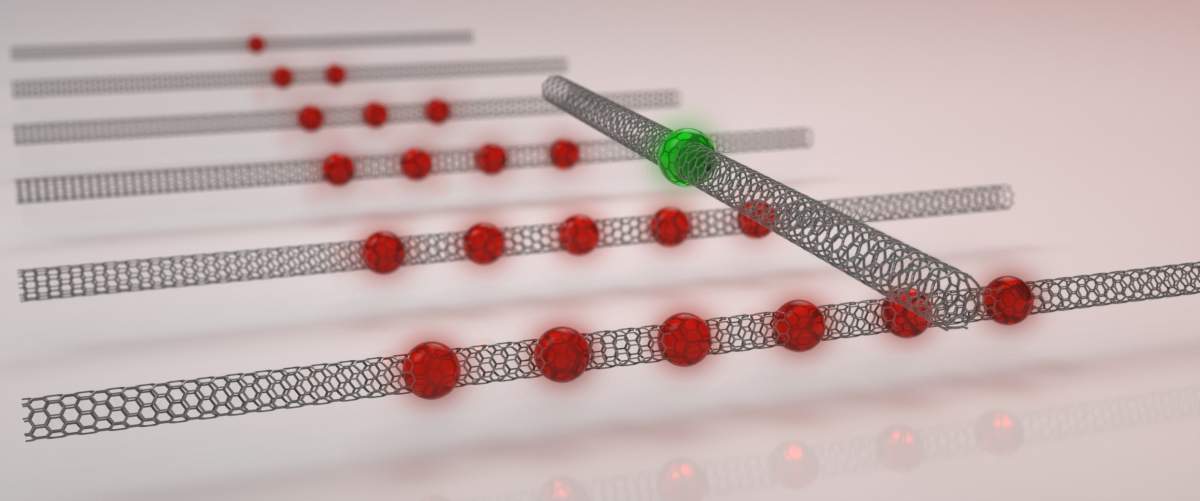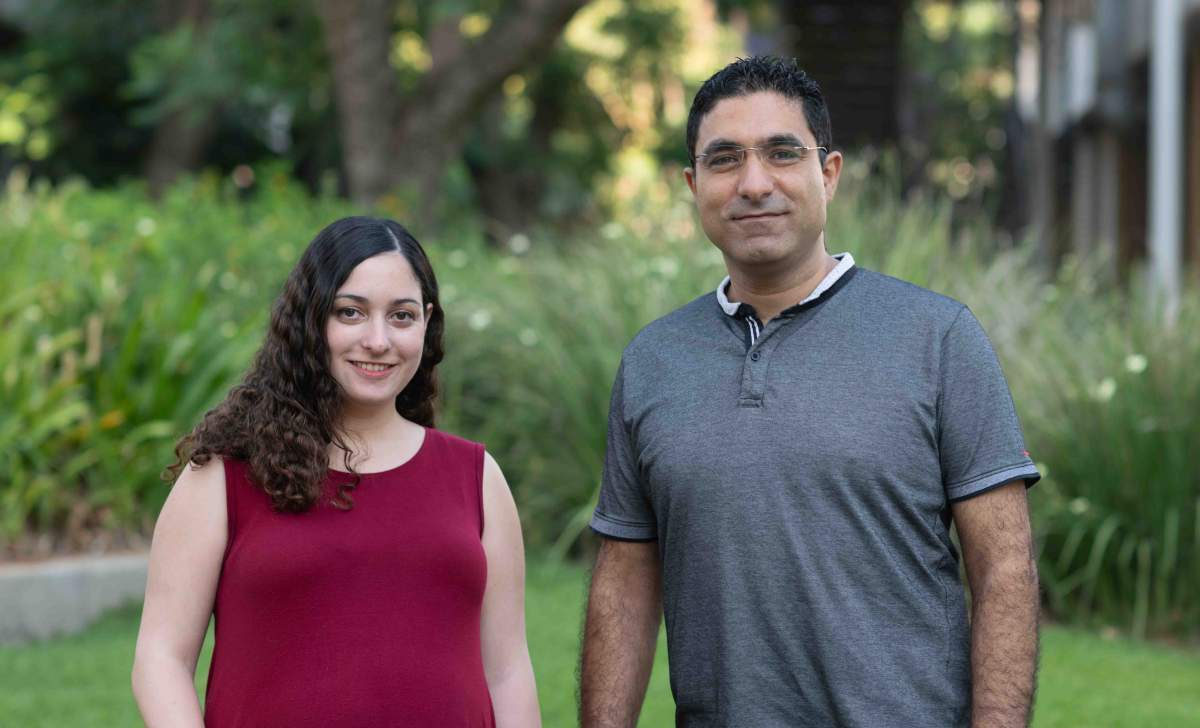Are you a journalist? Please sign up here for our press releases
Subscribe to our monthly newsletter:

Can electrons form a gas, liquid or even a solid crystal, just as atoms do? This question was first posed 80 years ago by Eugene Wigner, who received the 1963 Nobel Prize in Physics, and it has remained open ever since. Recently, Prof. Shahal Ilani and his group in the Weizmann Institute of Science answered this question, showing for the first time what such a “quantum solid” – made of electrons – looks like.
Electrons are quantum particles, meaning, among other things, that they can be in more than one place at the same time. Their extremely small masses, in addition, make them constantly “jitter” and thus they have high kinetic energy – the energy of movement. For these reasons, many scientists doubted that electrons could have interactions that would be significant enough to produce an orderly structure – a “quantum crystal.”
Many other scientists around the world have tried to directly observe such an electron structure within various types of solid materials, but until now, they have failed to do so. Ilani and his research students Ilanit Shapir and Assaf Hamo in the Condensed Matter Physics Department succeeded in this effort due to the unique experimental system they developed. This system enabled them, for the first time ever, to observe the existence of a quantum solid by imaging it. Their measurement was recently described in a paper published in Science.

In addition to the quantum properties of the electrons mentioned above that make them difficult to observe, a quantum system is, by definition, changed by the very act of measuring it. This and the strong interactions within such a system required the scientists to find wholly nonintrusive methods of imaging the electrons. Ilani and his group rose to these challenges by creating the most sensitive detector in the world for an electric field: This detector can sense -- and identify -- the electric field of a single electron. The detector is made of a nanowire that “floats” over a material without touching it, but which can sense the minuscule electric field of each individual electron within.
The material measured in the experiment also consisted of a nanowire; in this nanowire, electrons arranged themselves in orderly, equidistant positions, like birds on a wire. This combination of nanowires – one to detect and one to hold the electrons – enabled the researchers, first of all, to observe the structure of the electrons beyond their normal “quantum dance.” The group found they had mapped out a well-organized structure – that is, a solid of electrons contained within the material.
Prof. Shahal Ilani's research is supported by the Sagol Weizmann-MIT Bridge Program; the André Deloro Prize for Scientific Research; and the European Research Council.